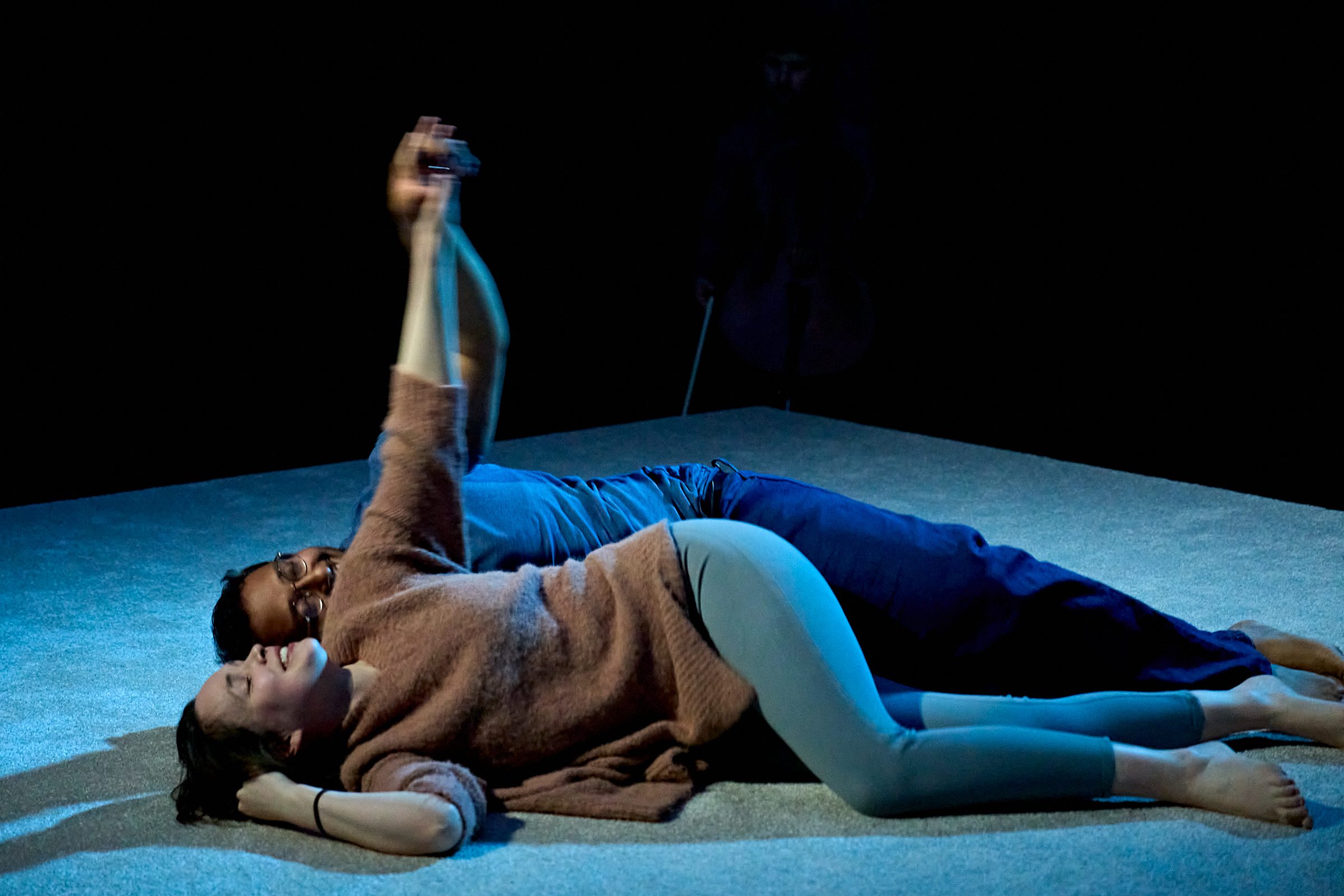Directors must not forget that sight lines are sacred

© Howard Lifshitz/Flickr
In my early theatre going days I spent most of my time gazing down on the top of people’s heads. In fact, I distinctly remember one performance of Side by Side by Sondheim where I actually got vertigo as I peered over the balcony of Wyndham’s, craning for a better view of Millicent Martin. And as for Covent Garden’s Upper Slips. Memories of Mikhail Baryshnikov in A Month in the Country and Rhapsody are very much complicated by a simultaneous recollection of how queasy I felt while standing there.
Directors seem to forget people sitting far from the stage
So as soon as I could afford to move nearer the stage, I began to do so. Not always successfully. I can never go to the Theatre Royal Haymarket without thinking about how low the circle falls over the back of the stalls and how I peered round the head of the tallest person in the theatre (who always sits in front of me, wherever I am) to watch Jack Lemmon’s mesmeric Long Day’s Journey Into Night.
But on the whole we theatre-goers are a tough brood. We don’t mind the difficulties, as long as we believe that the director has actually considered the audience sitting all around the house and made the production as visible as it possibly can be.
I have, however, noticed a new tendency. Perhaps because so many directors cut their teeth in studio theatres where it is usually possible to see and hear everything, they sometimes seem to forget people sitting far from the stage. I thought this in Lazarus, in the vast barn of the new theatre at King’s Cross. So much action took place on the floor that it was relatively hard to see in the front block of seats; despite the steep raking, those at the back of the space must have had very stiff necks by the close.
I couldn’t overcome my irritation that Gillian Anderson’s devastating performance was blocked by a lavatory
You can see it sometimes even in tiny theatres. The traditional art of blocking, once taught in drama schools and once the first thing that directors did in rehearsal has fallen out of fashion. The idea that everyone in the audience, wherever they are sitting, must be able to see all the action all the time is long dead.
The result is stagings that are more alive and naturalistic, more deeply felt – but often harder to see. Sets play their part in this too; I watched two dramatic scenes in Benedict Andrews’s coruscating production of A Streetcar Named Desire at the Young Vic through the prism of the bathroom as Magda Willi’s revolving set slowly wound its way towards me. I understood that the design revealed the shifting pattern of relationships and the relentless cruelty of life, but I couldn’t overcome my irritation that my view of Gillian Anderson‘s devastating performance was being blocked by a lavatory.
So this is a plea to all the brilliant directors and designers out there: think of your fans up in the gallery and in the cheap seats. We don’t want to cramp your style, or loose the emotional intensity you are bringing to your work. But just remember we need to see it to feel it.










